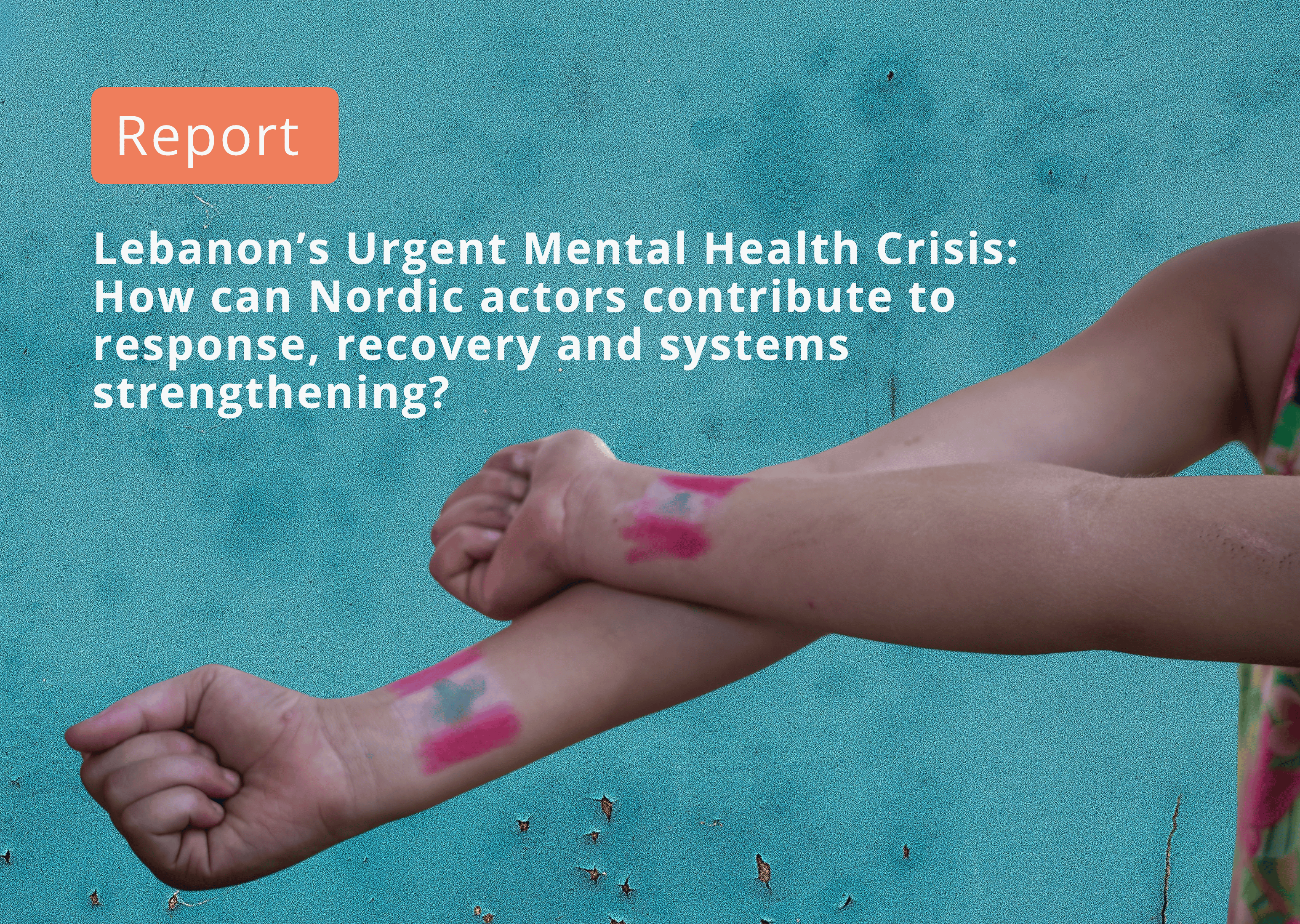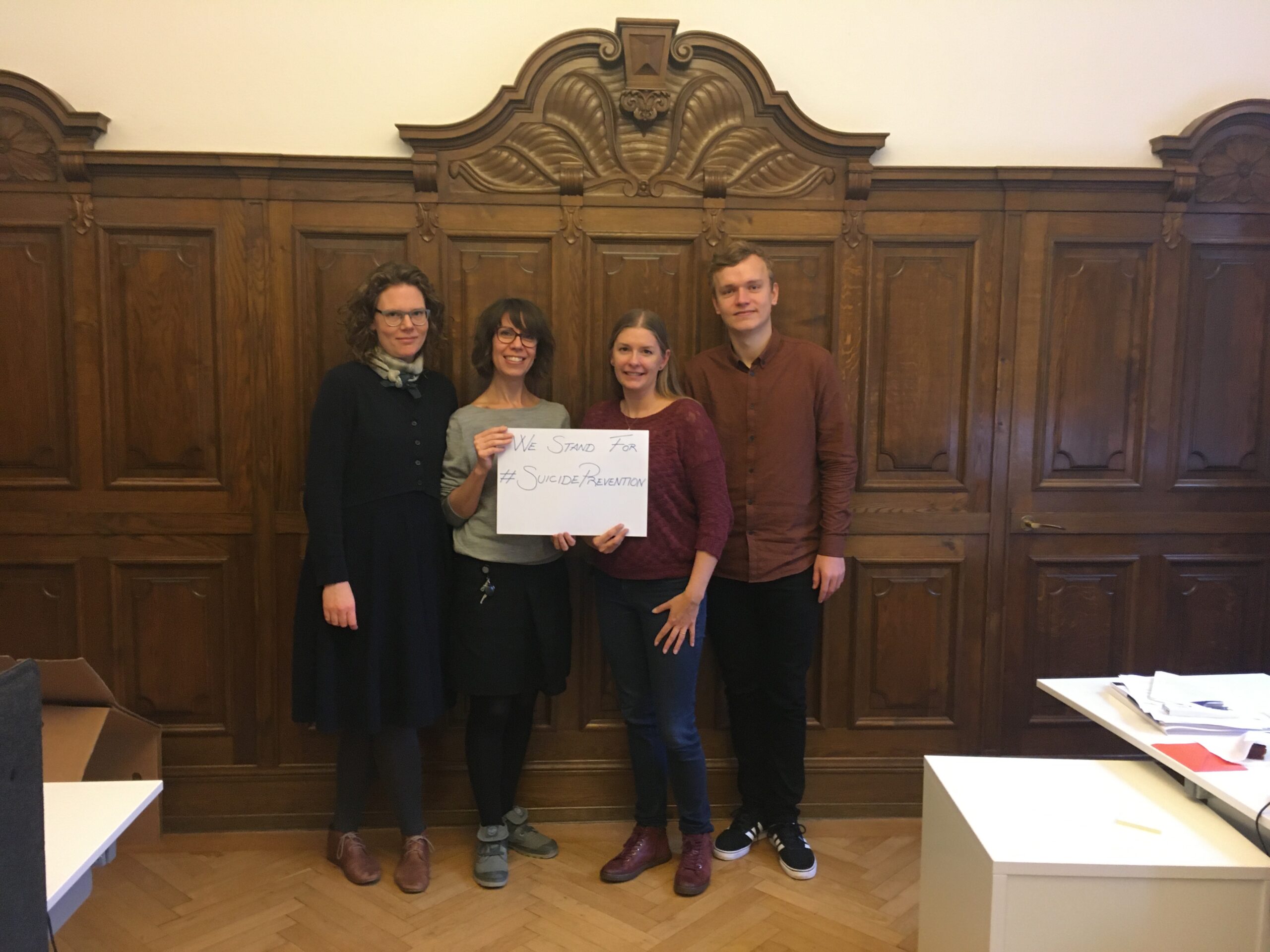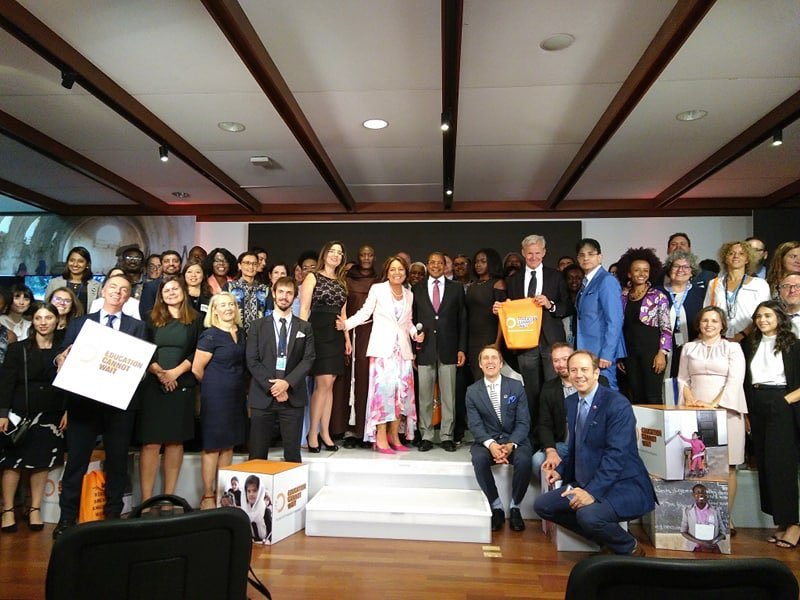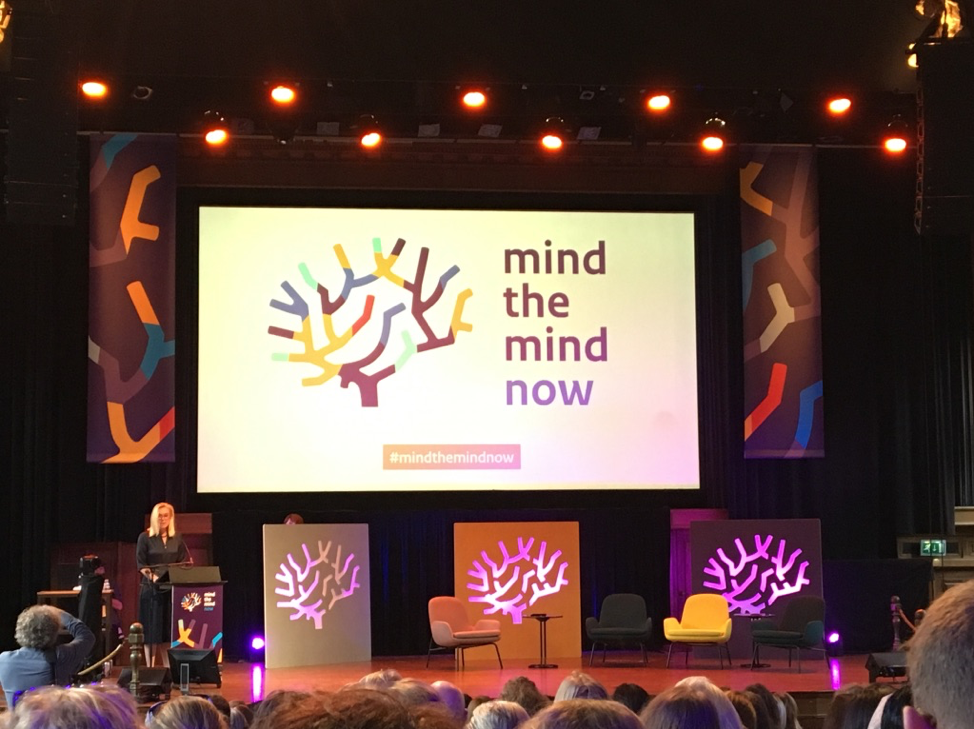By Deepali Pavagadhi, MHPSS Specialist, MHPSS Collaborarative
Children with disabilities tend to be excluded from MHPSS research. This is based on unfavourable assumptions about their willingness and ability to comprehend, articulate, and act on matters that affect their lives. Despite best intentions, children with disabilities are also excluded from research because of constraints and challenges of conducting research in emergency settings.
Excluding children from research based on their disability status (or other dimensions of inequality such as gender, ethnicity, age, etc.) narrows the relevance and validity of research and violates the right that all children have to be acknowledged and heard on matters that affect their lives. Ultimately, exclusion from MHPSS research denies children the opportunity to shape and own the narratives about their lives and contribute to the transformation of the social structures and processes that negatively impact their wellbeing.
Inclusion of children with disabilities in research raises ethical dilemmas that exceed those usually considered for involving children in research. For example, children with disabilities may have greater vulnerabilities to risks posed by research and potentially more barriers in seeking support when a need arises. At the same time, overprotective approaches can adversely impact the wellbeing of children by reinforcing negative stereotypes and perpetuating the existing power asymmetries between those living with and without disabilities.
In partnership withthe Save the Children Iraq Country Office, the MHPSS Collaborative conducts a research study with children with disabilities in Iraq. The aim is to document the approaches we are taking to invite participation from children with difficulties in different domains of functioning, including vision, mobility, hearing and communication, learning and intellectual, and psychosocial domains.
This is the first edition of a live blog that aims to document our experiences in conducting this study, with the hope that our learnings along the way will encourage and inspire more disability inclusive MHPSS research and create a space for cross-pollination of ideas, mutual learning, and collaboration.
Our learnings will be informed not only by our own experiences, but also a formal evaluation component embedded within the study, which will be implemented at the end of data collection to gain insight into the extent to which our research procedures and tools were actually considered inclusive by the children and their caregivers who took part in the study.
Note: At the time of writing this blog, the research team has finished the development of the research protocol, data collection tools, and received an ethics approval from Save the Children International Ethics Review Committee. In the first quarter of 2023, we plan to conduct the data collection, data analysis, and prepare a report of our findings. Upon completion of these steps, this blog will be updated again with learnings from our experience and feedback from the children and caregivers participating in the study.
Background information about the study
In 2014, the Yazidi community living in the Sinjar region of Iraq was brutally attacked, with hundreds of fighters seizing villages and towns around Mount Sinjar in a coordinated effort. Since most research in this area has focused on the immediate impacts of the 2014 attack, there is very little understanding about the enduring impacts that reverberate through the lives of Yazidi children today. Our study focuses on the longstanding impacts of the 2014 attack on Yazidi children with disabilities in Sinjar. We aim to understand the well-being of children with disabilities through the lens of their inclusion and belongingness within their peer groups, family, and wider community as well as their access to the resources they need to flourish and thrive. We draw inspiration from the social model of disability, which proposes that even though impairments cause significant challenges for people with disabilities, the experience of disability is shaped by how impairments interact with societal barriers to inclusion, such as discriminatory attitudes and practices, absence of accessible physical infrastructure, and non-supportive legislation.
Collaboration with an Organisation of Persons with Disabilities (OPD)
To conduct this study, we have collaborated with the Iraqi Alliance of Disability (IADO), which is an Organisation of Persons with Disabilities (OPD) in Iraq. An OPD is a representative organisation that has people with disabilities as a majority of its staff, board members, and volunteers at all the organizational levels. Over the past two decades, IADO has been advocating for legislative changes that promote the rights of the persons with disabilities (PWDs) in Iraq, and our hope is that this collaboration will enable us to highlight the voices of children with disabilities and their caregivers at both global and national levels.
The team from IADO will be supporting the identification and initial conversations with children with disabilities and their caregivers in Sinjar, training of facilitators on disability inclusion, sign language interpretation, co-facilitation of data collection activities and dissemination of research findings to the participants at the end of the study. Unfortunately, administrative challenges and the quick turnaround time of our study have prevented engagement with IADO and the children themselves in the formative stages of the research (i.e., in deciding research questions and designing research protocol and tools). However, we anticipate that the learnings and value derived from this study will help us advocate for and drive deeper engagements with OPD partners and children with disabilities across all phases of research in the future.
Creating diverse and inclusive opportunities for research participation
To design our research procedures and tools, we have drawn heavily on global guidelines on disability-inclusion, and the following resources have been invaluable in shaping our research materials: Save the Children’s Disability-Inclusive Child Safeguarding Guidelines (2021), Save the Children’s Disability-Inclusive Child Safeguarding Toolkit, International Rescue Committee’s guideline on Inclusive Client Responsiveness (2021), UNICEF’s Research Brief on Exploring Critical Issues in the Ethical Involvement of Children with Disabilities in Evidence Generation and Use, and Inter Agency Standing Committee’s Guidelines on Inclusion of Persons with Disabilities in Humanitarian Action (2009).
Children with disabilities will participate in this study through a range of activities including journaling, relational mapping, community mapping, and semi-structured interviews. Across activities, children will be provided with different options to express themselves including speaking, writing, drawing, using emoticon stickers, pasting pictures, using sign language, and creating community and relational maps with the facilitator to express their sense of inclusion and belongingness in relation to different people and places in their communities. Cue cards with large high contrast text and pictures have also been developed to aid comprehension of questions and activities, especially for children with learning, intellectual, communication and hearing difficulties.
Journaling has been included as a data collection tool to capture their thoughts, feelings, and ideas as they occur, offer a space for private and candid reflections, and allow children to work at their own pace (with support from other people as needed). The journal activity includes age-appropriate activities such as colouring to express an emotion (image below) and posters to engage creatively with questions about their hopes and dreams (image below).
Children will also be able to use age-appropriate illustrations to answer broad questions in their journals, such as “what makes you happy?”, “what makes you unhappy?”, and “what could have made your day happier?”. These illustrations and posters have been developed based on intensive contextual input from the Sinjar team of Save the Children Iraq Country Office, and they depict inclusion and exclusion of children with disabilities across different settings and groups in their communities.
All illustrations shown are by Aleta Armstrong.
If you have any comments, feedback or questions about the study or conducting research with children with disabilities, please feel free to reach out to Deepali Pavagadhi (MHPSS Specialist at the MHPSS Collaborative) at [email protected].






